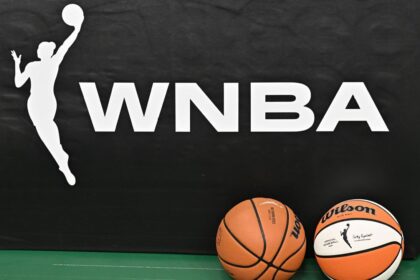The Future of the WNBA at the Negotiation Table: Perspectives from Management
In the world of professional sports, labor negotiations are a sensitive area. In the WNBA, Commissioner Cathy Engelbert and team owners are seeking an agreement that boosts the league’s growth and benefits the players. However, the Players Association has adopted a more energetic stance, generating public debate and criticism. As WNBA franchise valuations soar, with a new television deal set to begin in 2026 and expansion to 18 teams by 2030, the league appears to be in its best financial shape since its launch in 1997. Management’s perspective in these negotiations is clear: to continue financial growth to secure a profitable league, rewarding players as key agents of this success.
Once the agreement is completed, the question of Engelbert’s continued role as commissioner will arise. While she has expressed her commitment to resolving the issues, the final decision could depend on other factors.Engelbert is now at the negotiating table with the task of achieving a “transformative” agreement that not only significantly increases the salaries and compensation of the players, but also incentivizes the continued investment of the owners and ensures the long-term viability of the league.
Alofoke Deportes
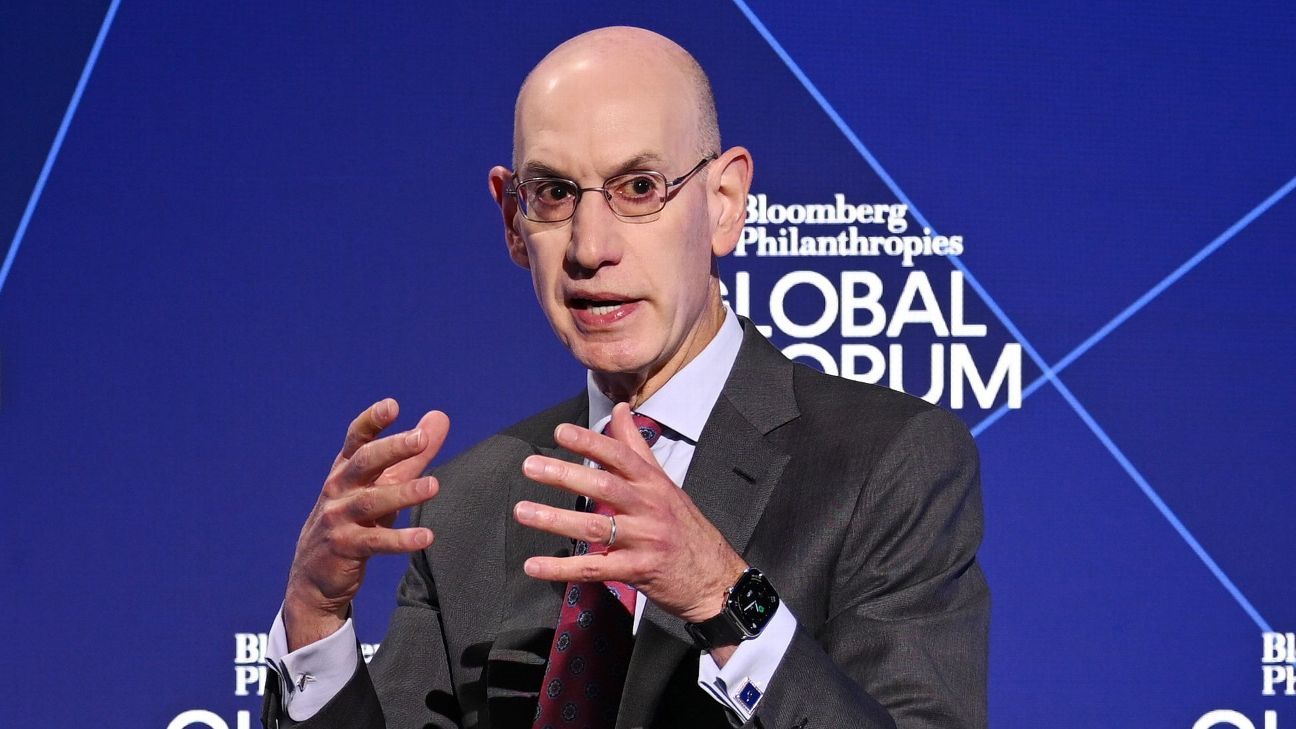
Owners: Investment and Vision of the Future
The WNBA owners are divided into two main categories: millionaires and billionaires. Joe Tsai, owner of the New York Liberty, and others like Joe Lacob (Golden State Valkyries), Mark Davis (Las Vegas Aces) and Mat Ishbia (Phoenix), are willing to invest heavily to obtain greater returns. They see the WNBA as an investment business, and as long as the product generates profits, they will continue to invest.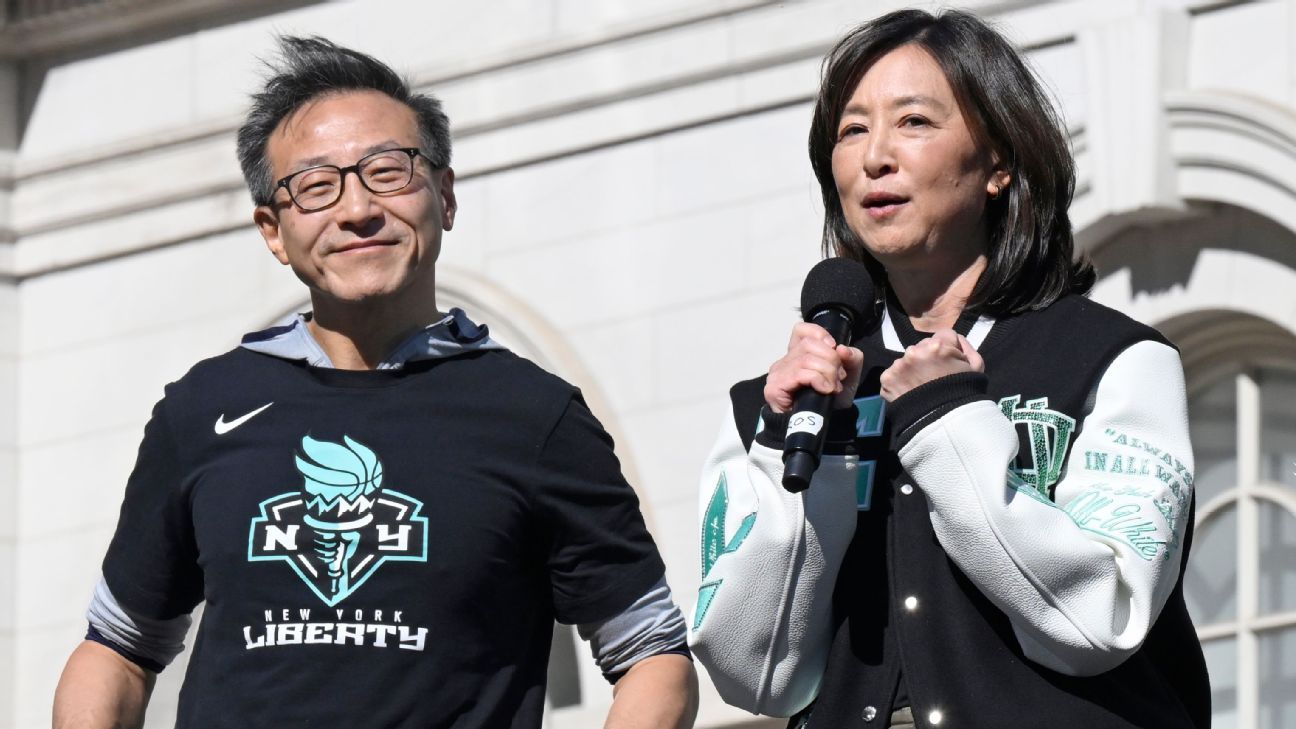
On the other hand, the independent owners, who helped keep the WNBA afloat in its early years, are now outnumbered by NBA owners, who have recognized the renewed financial potential of women’s basketball. These independent owners focus on limiting expenses and maintaining a level playing field. They have argued in favor of recovering the losses incurred in the operation of their franchises when the WNBA’s revenues were not as strong. However, this should not be confused with a lack of investment.
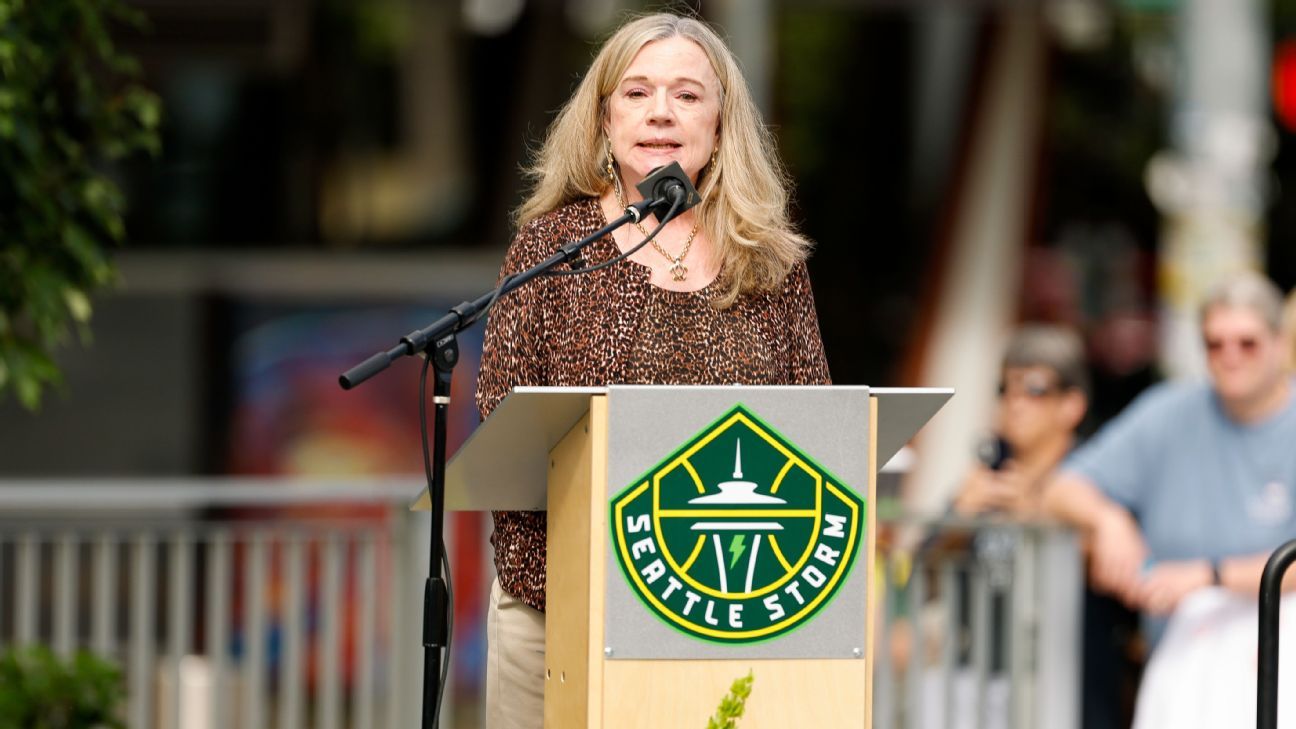
Expansion Teams: A New Chapter
After the successful debut season of the Valkyries as an expansion team, five new teams await their moment. The expansion teams most eager for a new collective bargaining agreement are the Portland Fire and Toronto Tempo, who will begin their inaugural seasons in 2026. The rules for the upcoming two-team expansion draft must be collectively bargained, so these franchises will not be able to build their rosters until a new agreement arrives.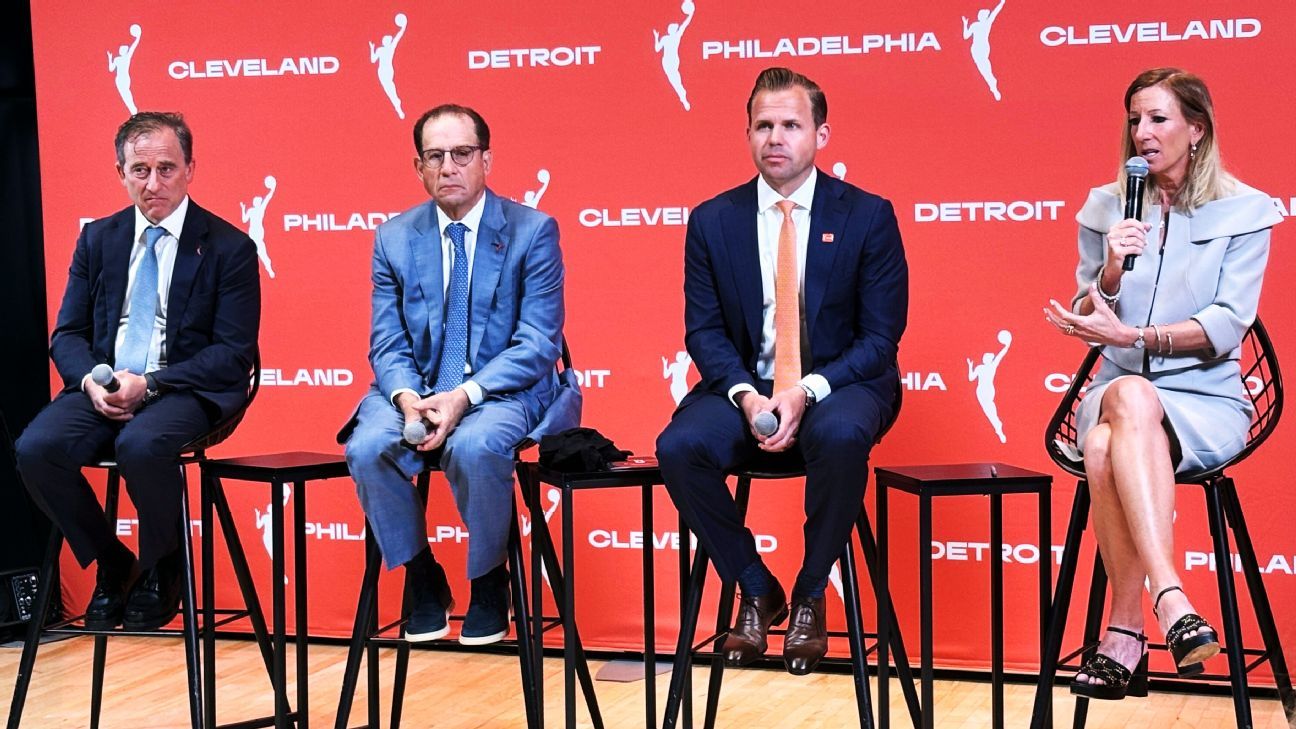
General Managers and Coaches: Direct Impact
Although general managers are not directly represented at the negotiating table, the rules established in the collective bargaining agreement influence the construction of rosters and the financial distribution between owners and players. Executives will observe how the new agreement grants them greater flexibility. Coaches, such as Cheryl Reeve, Sandy Brondello, and Becky Hammon, will also be affected by the new agreement, which will impact aspects such as prioritization and roster size. These coaches, who are also advocates for the empowerment of women, want the WNBA not only to be financially stable, but also to continue growing.









